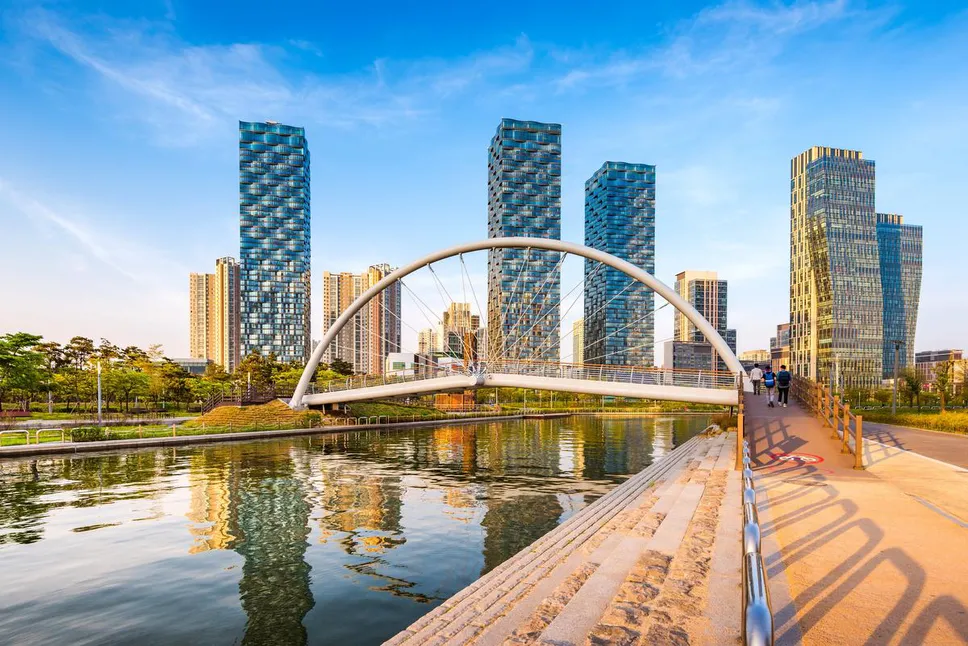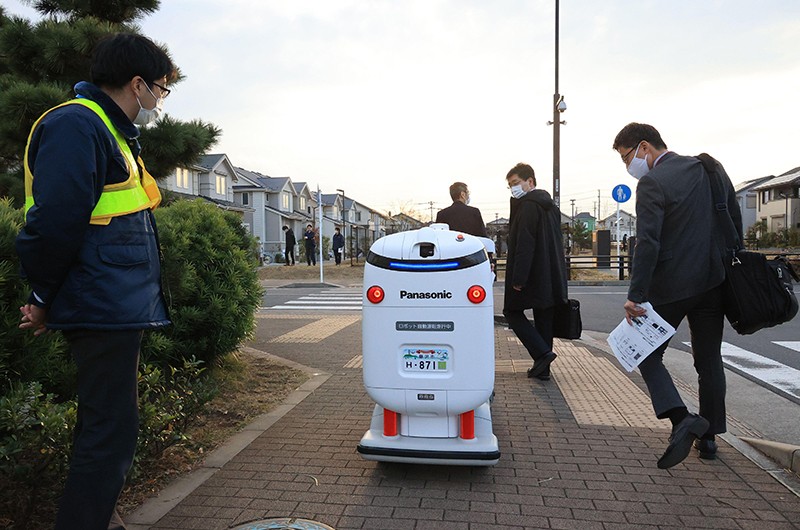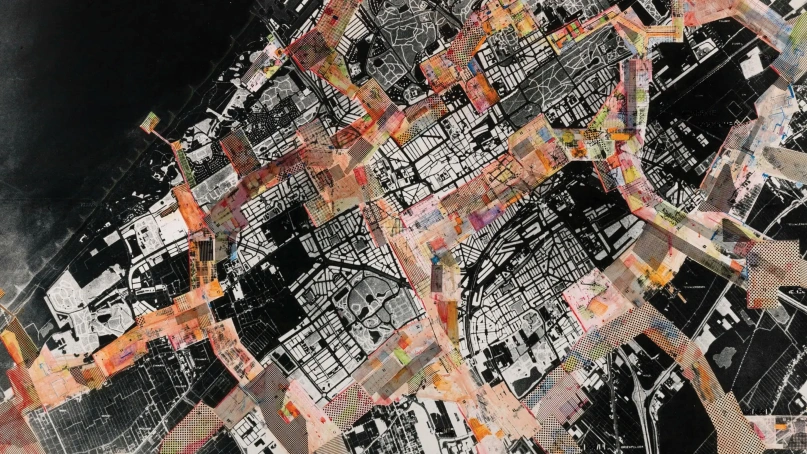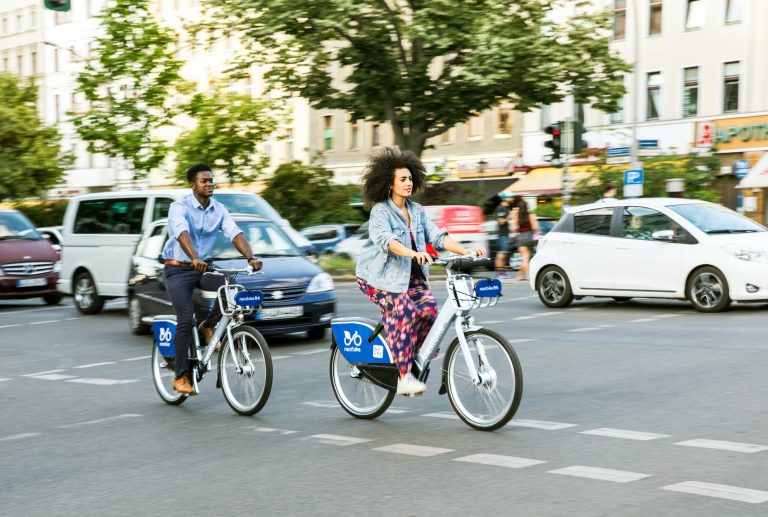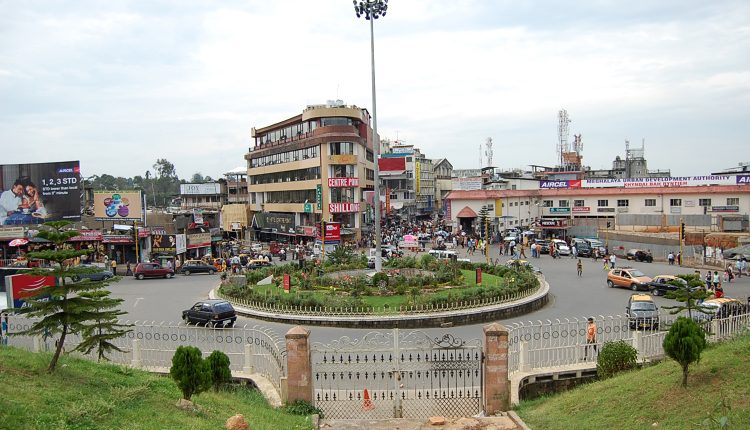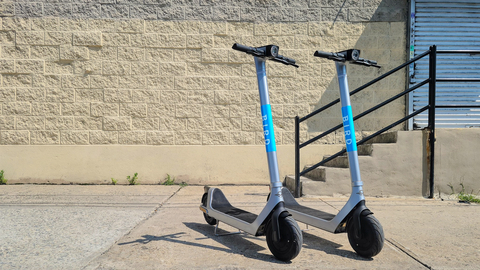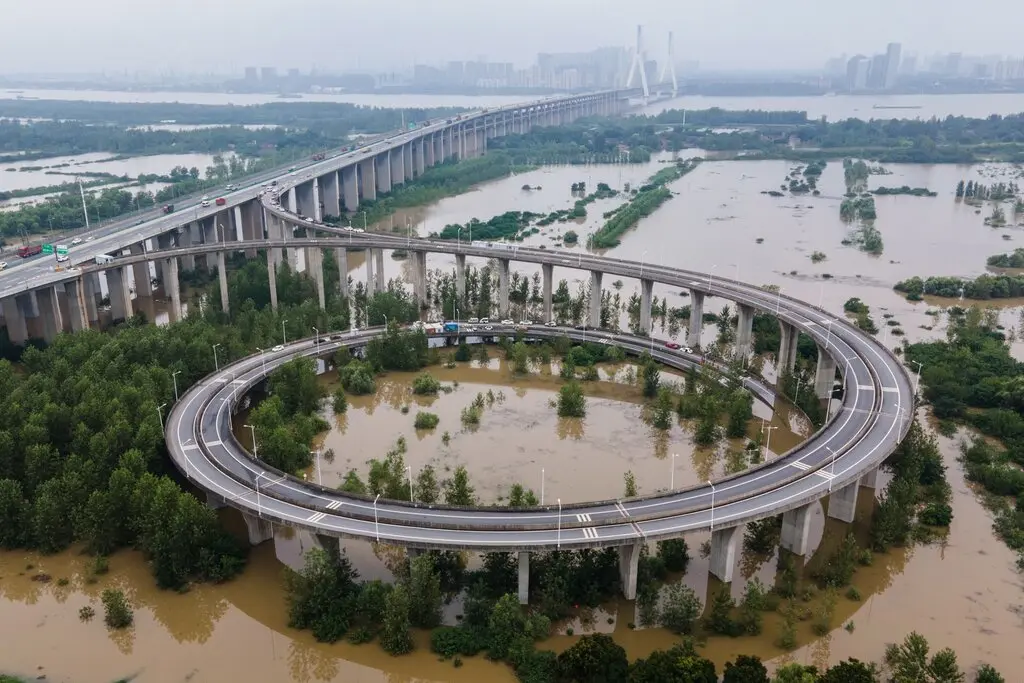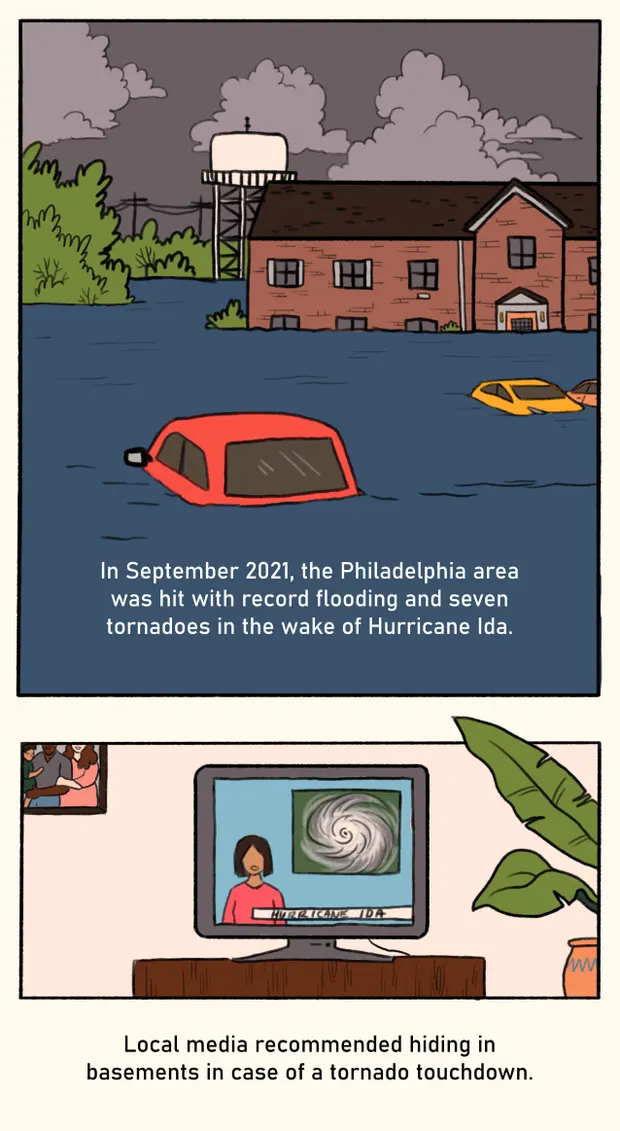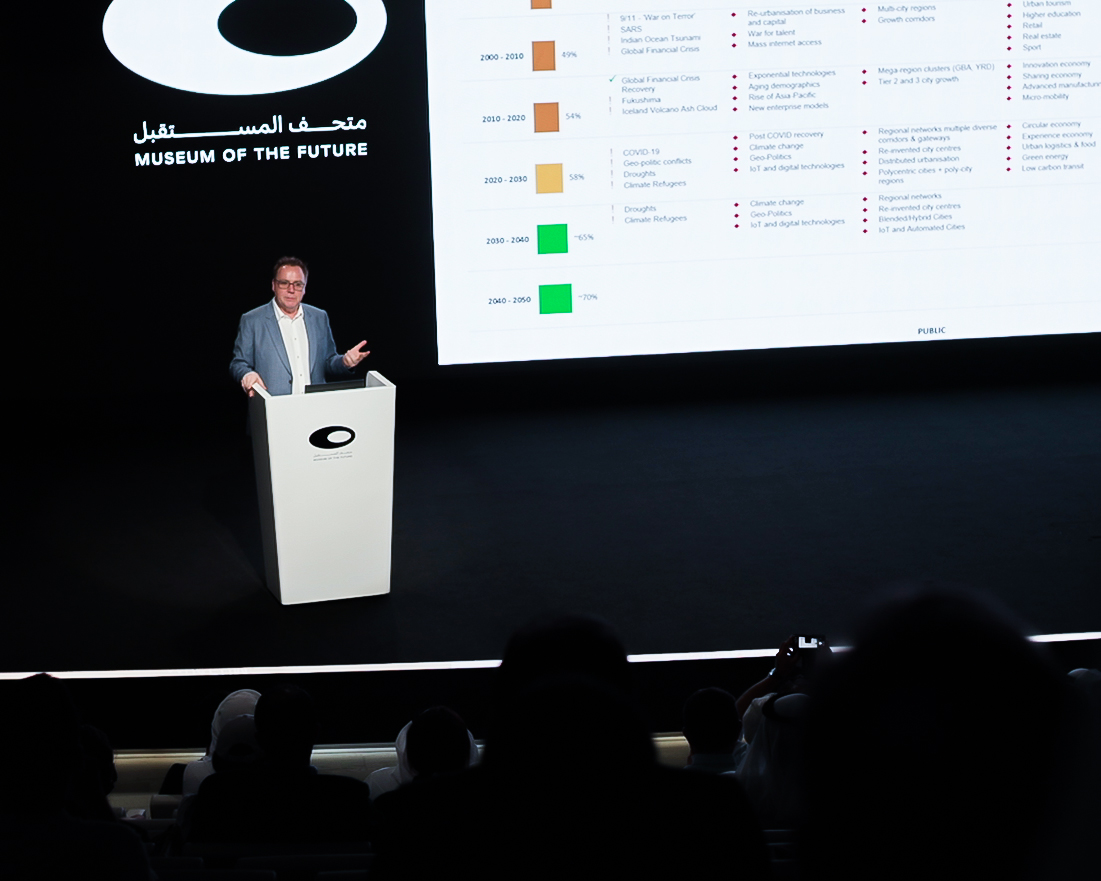
A brand new metropolis built from the ground up with tech powered urban design. A white elephant nobody wants to live in. An eco-friendly suburb. The term “smart city” has evoked various descriptions, but it’s the world’s existing cities which will need to smarten up as Internet of Things (IoT) technology evolves and the world reopens for business and travel.
All cities can improve the provision and development of urban services through IoT technology – not just new ones built to be smart from the start, like Kenya’s Konza Technopolis. For example, a smart city might be simply one with improved capacity planning and management. By analysing data on public transport, “flow” models can be made which predict usage at certain times and help transport companies prepare in advance for peak periods.
Other quite small city modifications can be called “smart”. Intelligent street-lighting systems that brighten and dim LED bulbs based on usage are both sustainable and help cities to save costs. Smart meters and digitised grids meanwhile can help cities meet emissions targets.
+INFO: Verdict




